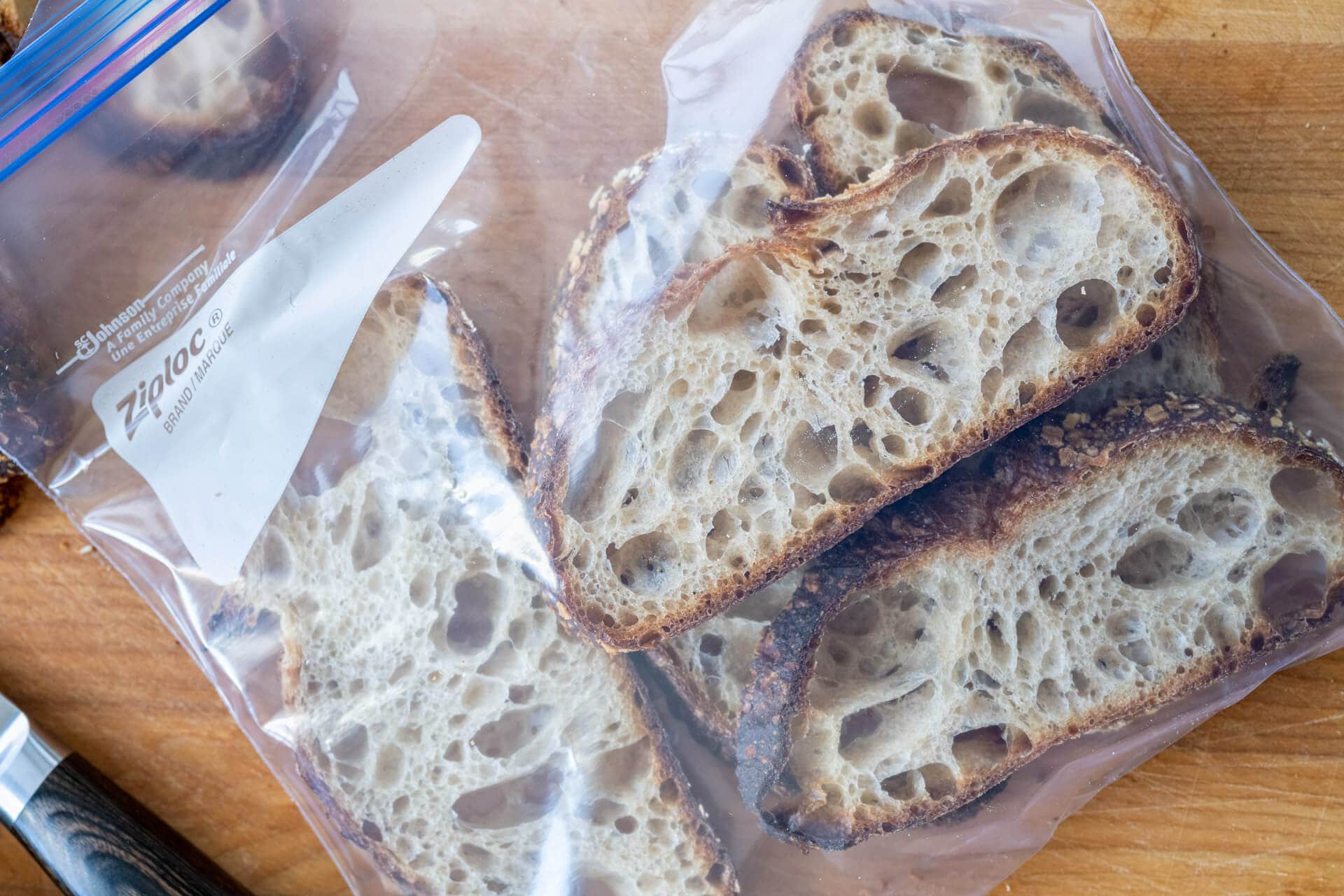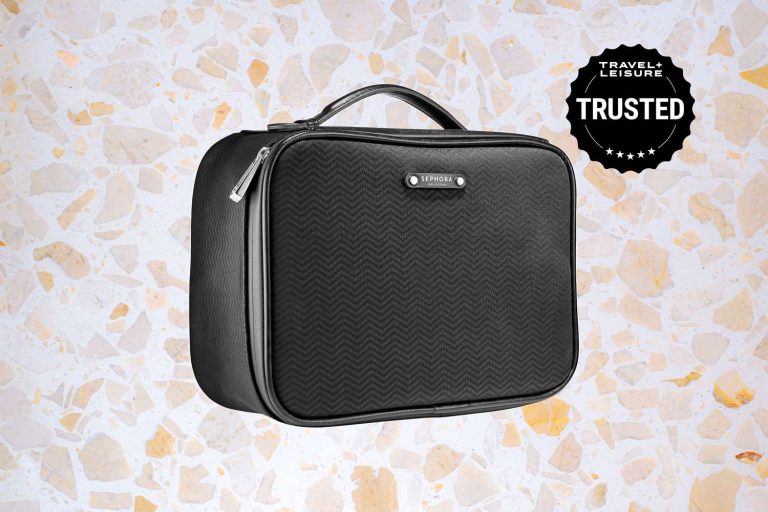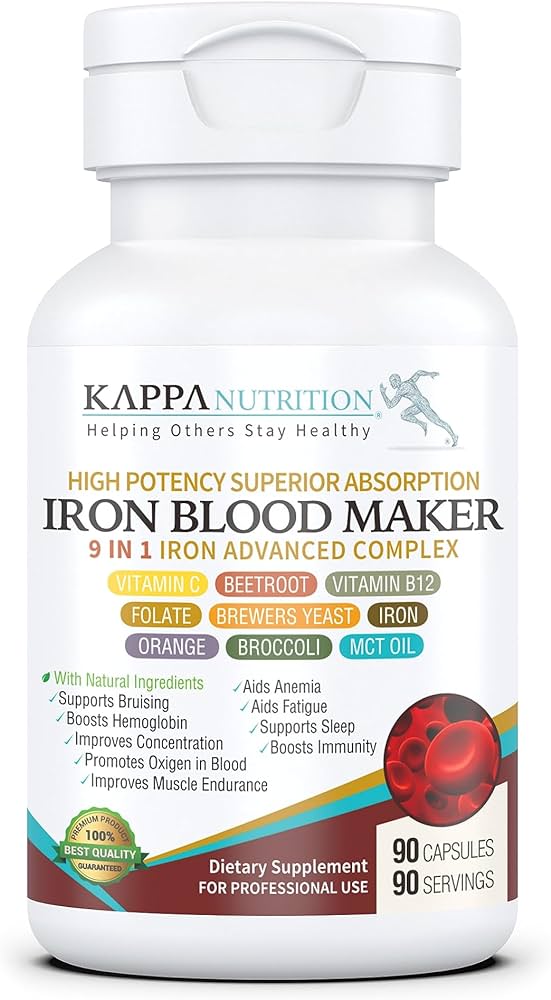9 Best Ways to Store Bread: Keep It Fresh and Mold-Free Longer
Ever found yourself tossing out moldy bread far too soon? You’re not alone. Bread, a staple in most homes, can be surprisingly tricky to keep fresh. Whether you bake your own or buy it from the store, improper storage can lead to wasted loaves and wasted money.
Choosing the Right Container
Selecting the right container is crucial to keeping your bread fresh. Let’s explore some options to help you choose wisely.
Bread Boxes: Wood vs. Metal vs. Ceramic
Choosing a bread box can significantly impact your bread’s freshness. Wood bread boxes are breathable, helping to prevent mold while keeping the crust crispy. Metal bread boxes are durable and often come in stylish designs, but they may not provide the same level of breathability. Ceramic bread boxes offer excellent insulation, keeping your bread at a consistent temperature, but they can be heavy and more fragile.
Using Bread Bags: Plastic vs. Cloth
Using bread bags is another efficient storage method. Plastic bread bags are great for keeping moisture in, which makes them ideal for soft bread varieties. However, they can contribute to mold growth if there’s too much moisture. Cloth bread bags, on the other hand, are breathable and help to reduce moisture build-up, making them perfect for maintaining a crusty loaf.
Should You Use Vacuum-Sealed Containers?
Vacuum-sealed containers can extend your bread’s shelf life significantly. These containers remove air, slowing down the staling process and preventing mold. However, they can be more costly and less convenient for everyday use. If you’re looking to store bread for a longer time without freezing, vacuum-sealed containers are an excellent choice.
The Role of Temperature in Bread Storage
Temperature plays a crucial role in determining how long bread stays fresh. Understanding the right temperature for different storage options can help you avoid spoilage and waste.
Keeping Bread at Room Temperature
Storing bread at room temperature is ideal for short-term freshness. Bread boxes or cloth bags provide the best conditions, as they allow the bread to breathe while preventing it from drying out. Make sure to keep the bread in a cool, dry place away from direct sunlight or heat sources like ovens and radiators.
When to Refrigerate Bread
Refrigerating bread is not generally recommended because it accelerates the staling process. However, if you live in a humid environment or have a bread that tends to mold quickly, refrigeration can extend its shelf life. Always store the bread in a sealed plastic bag to prevent it from drying out due to the refrigerator’s dehumidifying effect.
The Pros and Cons of Freezing Bread
Freezing bread is excellent for long-term storage. To maintain its quality, freeze the bread as soon as possible after baking or purchase. Wrap it tightly in plastic wrap and then in a freezer bag to prevent freezer burn. While freezing can extend bread’s life for up to three months, be aware that the thawing process can sometimes affect its texture and moisture content.
The Importance of Bread Placement
Correctly placing your bread is essential to maintain its freshness, texture, and flavor. Let’s dive into the best practices for bread placement.
Avoid Direct Sunlight and Heat Sources
Keep bread away from direct sunlight and heat sources. Sunlight and heat can cause bread to dry out quickly and promote mold growth. Store your bread in a cool, dark place like a pantry cabinet or bread box.
The Best Spots in Your Kitchen for Bread
Choose strategic spots in your kitchen to store bread. Pantries, kitchen cabinets, or dedicated bread boxes are ideal as they offer consistent, cool temperatures. Avoid placing bread near ovens, stoves, or microwaves where heat can accelerate spoilage.
How to Prevent Bread from Drying Out
Prevent bread from drying out by using proper storage methods. Use wax paper or reusable cloth bags that allow some breathability while protecting against excessive air exposure. Ensure you’re sealing or wrapping the bread tightly, especially if you’re storing it for more than a day.
Using Bread Bins Effectually
Bread bins are a classic yet practical solution for keeping your bread fresh. Let’s explore how to maximize their effectiveness.
The Benefits of Ventilation Holes
Ensuring that your bread bin has proper ventilation holes is crucial. Ventilation prevents moisture buildup, which can cause mold. Look for bins with small holes on the sides or back. These allow just enough airflow to keep your bread from getting soggy but still maintain its chewy texture.
How to Clean and Maintain Bread Bins
Cleaning and maintaining your bread bin is essential for hygiene. Wipe it down with a damp cloth weekly. For a deeper clean, use mild soap and water, ensuring it dries completely before adding new bread. Regular cleaning prevents mold and crumbs from accumulating, which could spoil your bread.
Selecting the Right Size Bread Bin for Your Needs
Choosing the right size is key to using your bread bin effectively. If you typically store large loaves or multiple types of bread, opt for a spacious bin. For smaller households, a compact bin will suffice. Remember, overcrowding your bread bin may crush the bread and impede airflow, compromising its freshness.
Implementing Bread Storage Bags
Bread storage bags come in various types to help keep your loaf fresh, reduce waste, and maintain quality.
Choosing Between Reusable and Disposable Bags
Reusable bags are often made of cloth or heavy-duty plastic, offering an eco-friendly and cost-effective solution. Use them multiple times, washing between uses. Disposable bags, usually plastic, are more convenient for single-use scenarios but contribute to waste.
The Best Materials for Bread Longevity
Cloth and paper bags allow the bread to breathe, minimizing moisture buildup and mold. Plastic bags provide an airtight seal, keeping the crust softer but potentially trapping moisture. Consider using waxed or parchment paper bags as they combine breathability with moisture resistance.
Tips on Sealing Bread Bags for Freshness
Eliminate as much air as possible before sealing the bag to slow down staling. Use twist ties or reusable clips to ensure the bag is tightly closed. If using zip-lock bags, press out the excess air and confirm the seal is complete.
Trying Out Bread Storage Cloths
Why Bread Cloths Can Be Superior
Bread cloths can be a game-changer for storing bread. They’re typically made from natural fibers like cotton or linen that allow the bread to breathe while retaining enough moisture to keep it soft. Since they prevent condensation, mold growth is significantly reduced compared to plastic bags. Cloths also add a rustic charm to your kitchen, aligning with eco-friendly practices by reducing plastic use.
How to Use and Care for Bread Cloths
Using bread cloths is straightforward. Wrap your freshly baked or store-bought bread in the cloth, ensuring it’s completely covered. Store the wrapped bread at room temperature in a cool, dry place. To maintain freshness, avoid areas with direct sunlight or humidity. Cleaning bread cloths is simple—machine wash with a mild detergent and air dry to prevent shrinkage. Regular cleaning ensures that no old crumbs or mold spores compromise your future loaves.
DIY Bread Cloths: A Cost-Effective Solution
Making your own bread cloths can save money and add a personal touch. Use 100% cotton or linen fabric, preferably undyed and untreated. Cut the fabric to a size that comfortably wraps your bread. Hem the edges to prevent fraying. For added convenience, you can make multiple cloths and rotate them between uses. This DIY approach not only cuts costs but also enables you to customize sizes and colors to match your kitchen’s aesthetic.
Special Considerations for Homemade Bread
How Storing Homemade Bread Differs from Store-Bought
Homemade bread lacks preservatives found in store-bought varieties, so it can spoil faster. Use methods that control moisture to prolong freshness. Bread boxes, cloth bags, and breathable containers are ideal to keep your homemade loaf soft and mold-free.
Adjustments in Storage Techniques for Different Recipes
Different recipes require tailored storage solutions. Sourdough bread, due to its naturally lower moisture content, stays fresher longer when stored in a cloth bag or paper bag. Conversely, high-moisture bread like brioche benefits from a more airtight container to maintain its soft texture.
By considering these adjustments, you’ll ensure your homemade bread keeps its delicious qualities longer.
Conclusion
By understanding the best ways to store your bread, you can enjoy fresh and flavorful loaves for longer periods. Whether it’s a store-bought or homemade loaf, choosing the right storage method makes a significant difference. Remember to consider the type of bread and its specific needs to keep it at its best. With these tips, you’ll reduce waste and savor every bite of your favorite bread.






